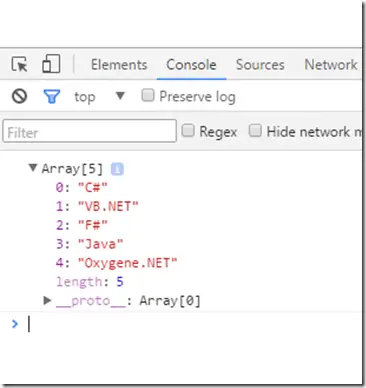The Namespace in C# has the following advantages
- It lets the developers to organise their code / classes
- Provides a better readability of the code and helps your understand how the code structure is formed specially in bigger projects.
The Namespace Alias Qualifier in C# lets the developers to use the alias name instead of the complete namespace name . The advantage of the Namespace Alias Qualifier is that it lets you use the alias name instead of a bigger namespace ( like Inner Namespaces ) and also helps to avoid the ambigous definitions of the classes .
For example
Take the below class as an example
using System;
using System.Collections.Generic;
using System.Linq;
using System.Text;
using System.Threading.Tasks;
namespace Namespace1
{
class Student
{
public string StudentName { get; set; }
}
}
namespace Namespace2
{
class Student
{
public string StudentName { get; set; }
}
}
When both the Namespace1 and Namespace2 is referenced in the C# file , and trying to create an instance of Student , will cause the “Ambiguous name” error as shown in the screenshot below.
To avoid this error , we could use the :: operator to provide alias name for the namespace and use them accordingly.
using System;
using System.Collections.Generic;
using System.Linq;
using System.Threading.Tasks;
using System.Windows.Forms;
namespace WindowsFormsApplication1
{
using stud1 = Namespace1;
using stud2 = Namespace2;
static class Program
{
static void Main()
{
var obj = new stud1 :: Student();
}
}
}




